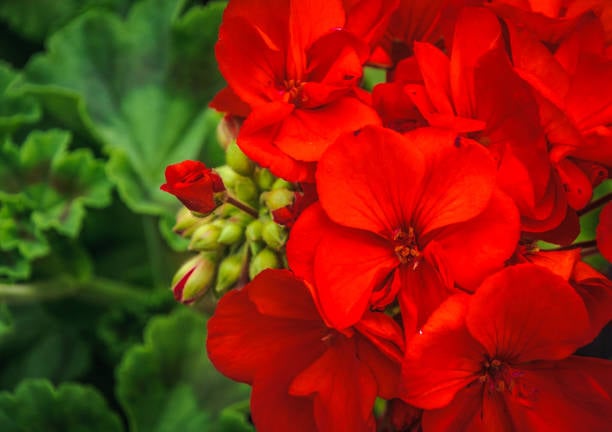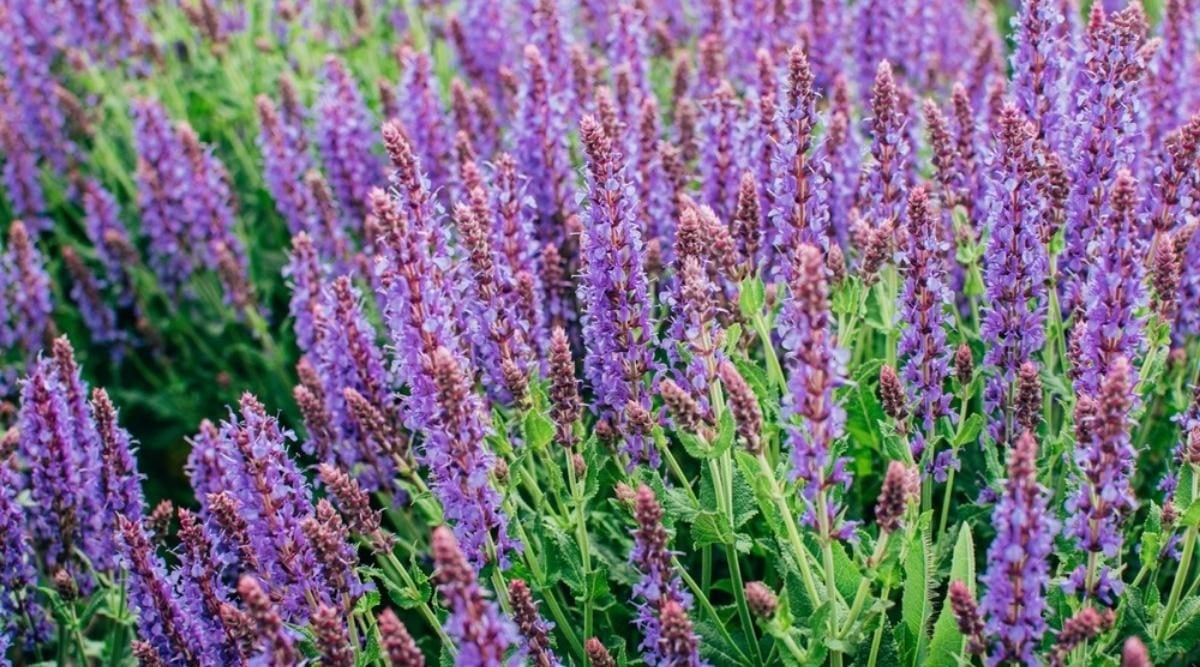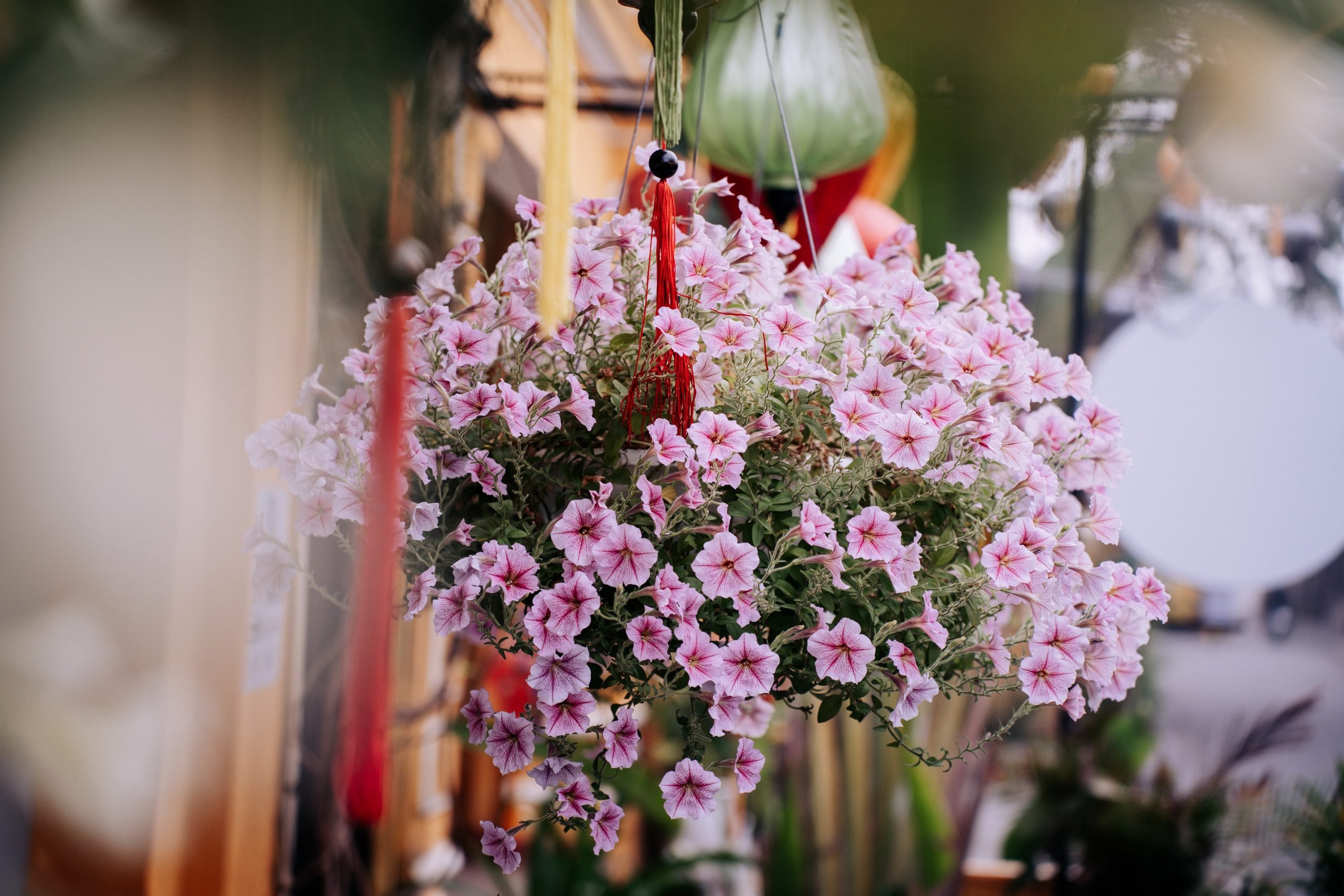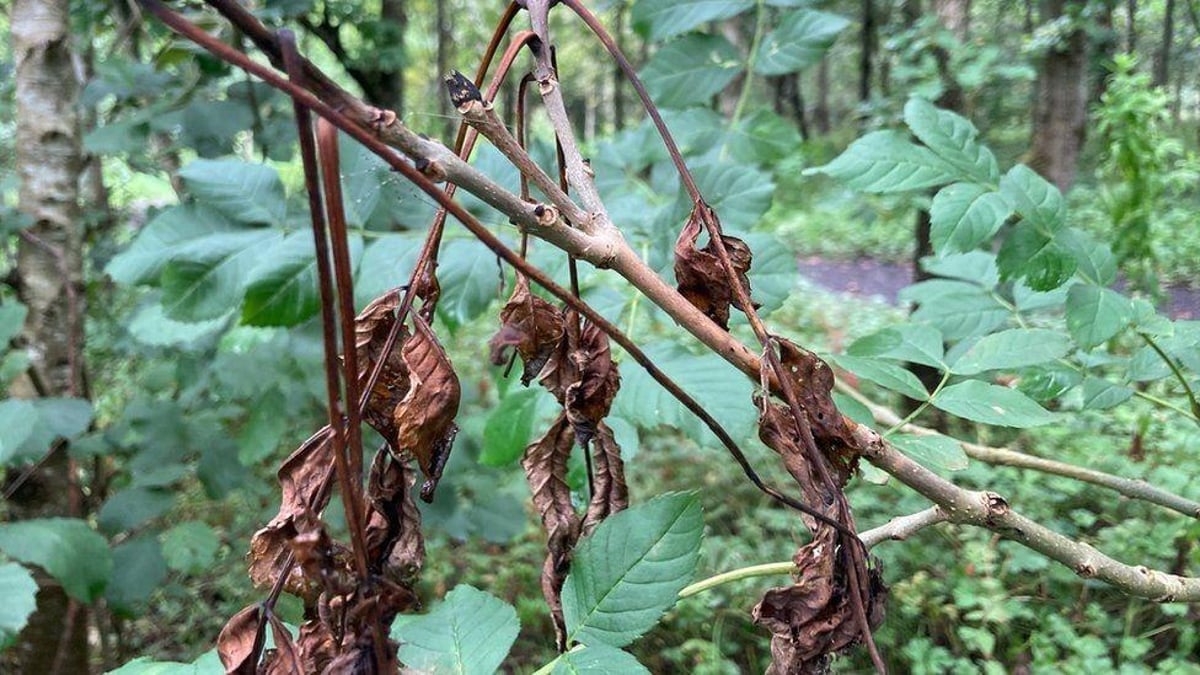How and When To Prune Gooseberry Bushes in the UK

Table of Contents
Gooseberry is a sweet-tart fruit that beautifies the garden and tastify the kitchen. Gooseberries come from deciduous plants from the Ribes family. As with other plants, gooseberry plants also need pruning. Pruning helps the plant to nourish itself better and also encourages new growth. It makes the plant able to breathe better by providing it with enough space. Pruning gooseberry bushes is an art.
Most people don’t know how to prune in such a way that it adds up to the aesthetic appeal of your garden as well as gives a bountiful harvest. In this blog, you will find everything you need to know about pruning gooseberry bushes, from finding when to prune gooseberry bushes in the UK, the right tools and methods, the right aftercare routine and finger-licking foods to make using gooseberries as well.
So let’s jump right into it.
Why Should You Prune Gooseberry Bushes?
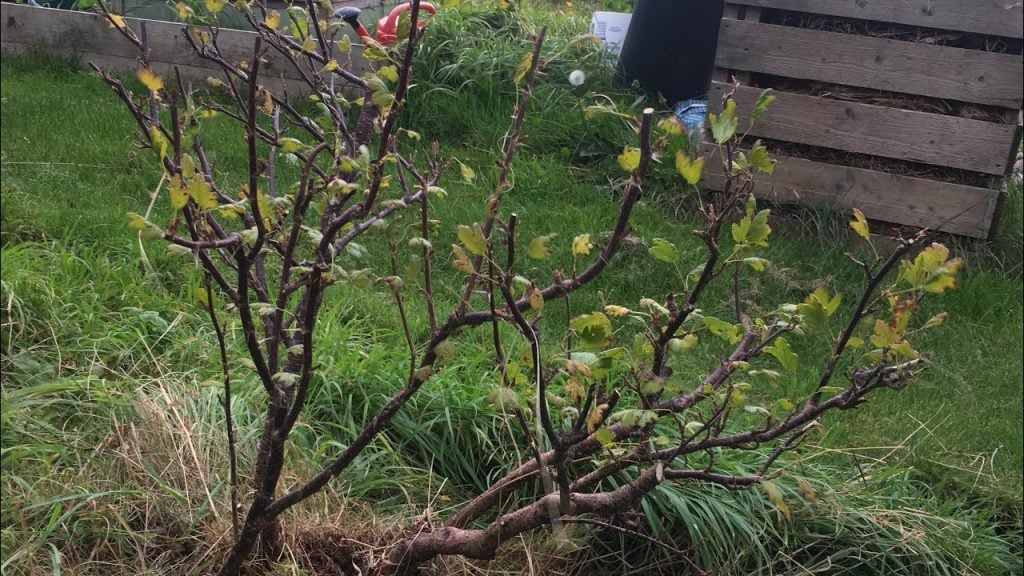
It is very important to prune your gooseberry bushes so that the leaves can get proper sunlight and oxygen. There are many benefits of pruning gooseberry bushes:
- When plants become overcrowded and don’t leave any space for air and sunlight to pass, it also affects the health of smaller flowers and fruits as they get less nutrition. Pruning helps to get bigger, juicier fruits that help increase crop yield.
- Pruning is a form of regular cleaning and maintenance of the plant that promotes growth and helps reduce the spreading of diseases.
- Pruning helps maintain a nice size and shape of your plant that suits your garden aesthetics.
Prune Your Gooseberries With These Tools
Tools help make the tasks of everyday life easier. Here are some tools that will increase the speed of work and boost productivity:
1. Pruning Shears
Pruning Shears are small shears that are used to chop the unnecessary branches of the plants. While pruning the plants, make sure that the shear used is sharp enough that it cuts the branch smoothly so it is easier for the plant to heal.
- Pruning Shears fit for cutting stems and light branches up to 3/4″ diameter size
- Quality sharp blade made of high carbon alloy steel with antirust processing
- Safety Lock – easy open/close lock for convenient security system
2. Loopers
Loopers are nothing but pruning shears that are bigger in size and used to cut thicker twigs. The longer handle helps to generate more cutting force.
3. Gloves
When you are pruning plants like gooseberries, it’s a wise thing to wear gloves in order to protect your hands from scratches. You don’t want a rough or possibly damaged hand at the end of the day.
- Made from soft and breathable bamboo material for an absorbent, hypoallergenic and long lasting...
- The bamboo gloves fit snugly, with a bare hand sensitivity and an elastic band to keep out unwanted...
- Our gloves offer a smooth PU coating to aid in superior grip when handling tools or even when...
4. Safety Glasses
Other than these three things mentioned above, you need eyes, and for your eyes to work properly for a long period of time, the safety of your eyes is necessary so that you can avoid branches from snapping back into your eyes.
5. Bucket
All the chopped twigs or prunings should be collected in the bucket to transfer these to the pile of organic compost mix.
- Durable Reinforced Base - With a reinforced base for extra durability, this heavy-duty builders...
- Graduated Gallon & Litre Markings – With clearly marked Gallon and Litre graduations and an...
- 14 Litre (3 Gallon) Capacity - With an internal diameter of approximately 235mm at the bottom and...
When to Prune Gooseberry Bushes in the UK
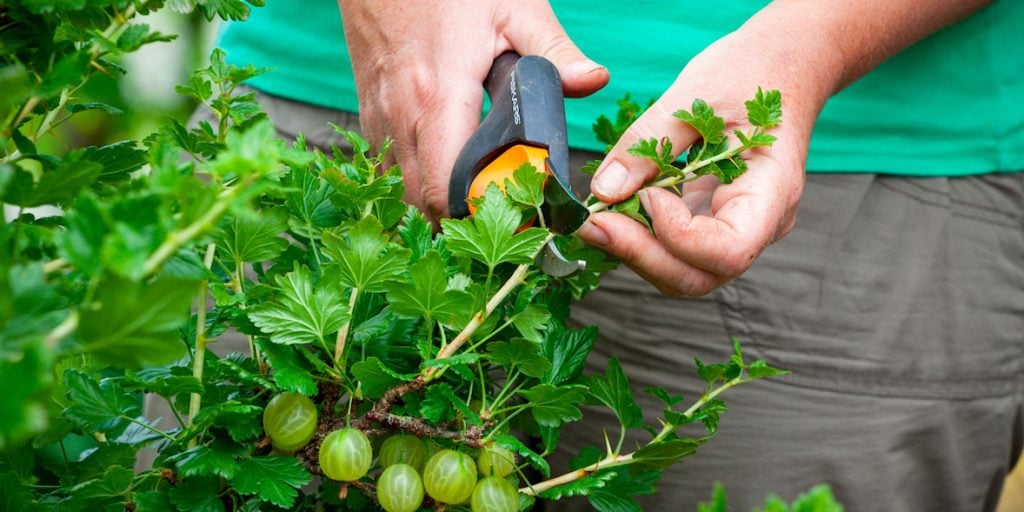
The best time to prune gooseberries is between autumn and spring (around November). There are several factors that can affect the time of pruning. If the plant is already damaged or diseased, it is advised to delay the pruning process to give the plant some time to deal with the pruning process as it is already coping with the damage. Similarly, if the frost hasn’t already passed yet, you should avoid pruning plants as it will be a harsh and cold environment for the newly developed leaves.
How Should You Prune Gooseberry Bushes?
- Observe and look for any overcrowded spots or overlapping branches in the plant. Branches that are clashing with each other must be pruned accordingly to give the plant enough air to breathe.
- Look for the branches that show signs of infections. Remove them using pruning shears to end the possibility of your garden getting infected.
- Make the cuts and chops angled away from the bud using sharp pruning shears.
- While pruning the plants, make sure to check the plants in between whether they are balanced or not.
- Remove any twigs in the centre of the plant that are distorting the open goblet shape of the plant.
- The prunings of the plant are sharp. It is suggested to collect them in a bucket to avoid getting harmed accidentally.
- Gooseberry bushes can not produce fruits on branches that are older than two years. It’s beneficial to prune them so that the plant can focus its energy on new growth.
- Lastly, it’s up to you if you want the plant in any specific shape or size to beautify your garden or create a theme-based environment.
Caring for Your Pruned Gooseberry Bushes
1. Watering
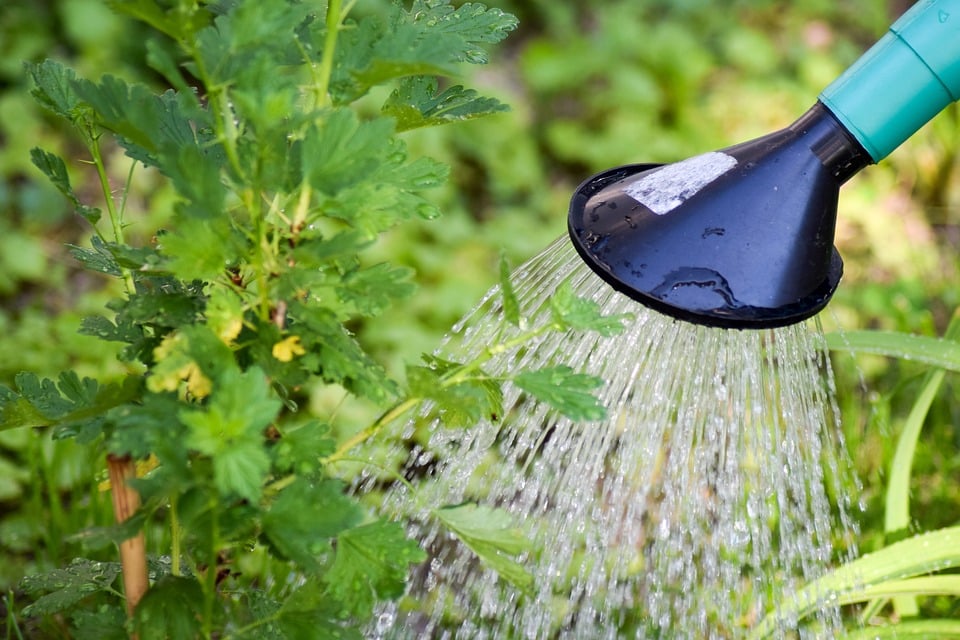
As we just have pruned our plants, we need to make sure that our plants get enough nutrients and water to regenerate the damaged twigs. It is advised to water the plants deeply at least once a week based on your climate and soil requirements.
2. Fertilisers
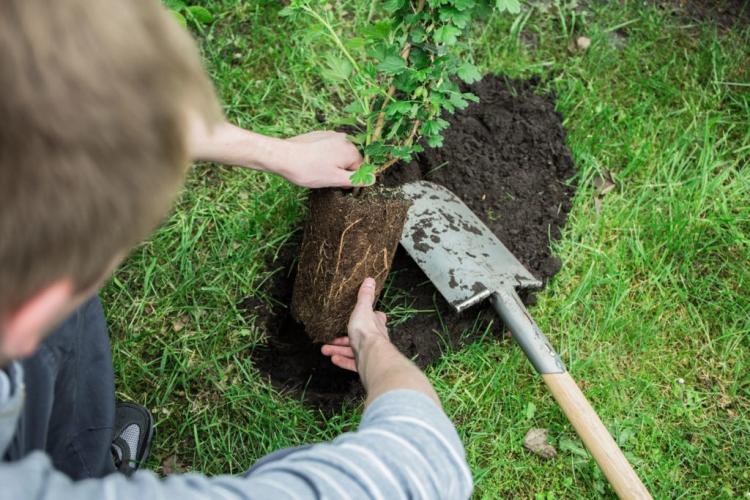
For the new branches to prosper, enough nutrition is required. You can choose either organic compost or a balanced fertiliser. Feed the plants in spring after the pruning once. You can feed them again in summer if required.
3. Mulching

In order to retain water for a longer period of time, mulching can be done. Apply a layer of organic mulch around the plant, leaving enough distance that it doesn’t affect the root zone, as this moisture can foster pests and diseases for the plant.
Various Gooseberry Foods to Try!
Gooseberry dishes can be a subsidiary for any dish in the kitchen. It can be used to make:
1. Jams
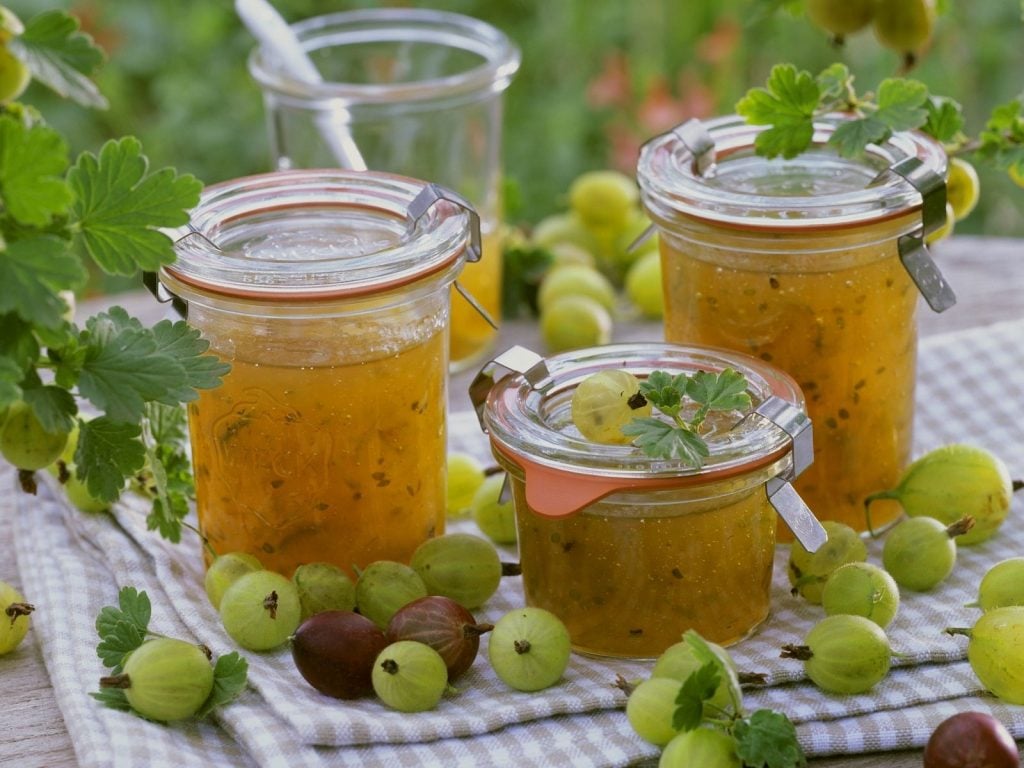
A substance called pectin is found in gooseberries which helps them set. Hence they are a good option to make jams or jellies. You can mix them with strawberries and raspberries for a better taste.
2. Pies

The crust of the pie is usually sweet. The tangy taste of gooseberries complements the sweetness and completes the dish. Gooseberry Pies are famous all over the world for their delectable taste.
3. Sauces and Chutneys

There are mainly two types of sauces that are made from gooseberries. The first one is sweet, which is served with ice-creams, while the second is savoury, which is eaten with patties and meats.
Gooseberry Bushes for Small Gardens
1. Hinnomaki Red
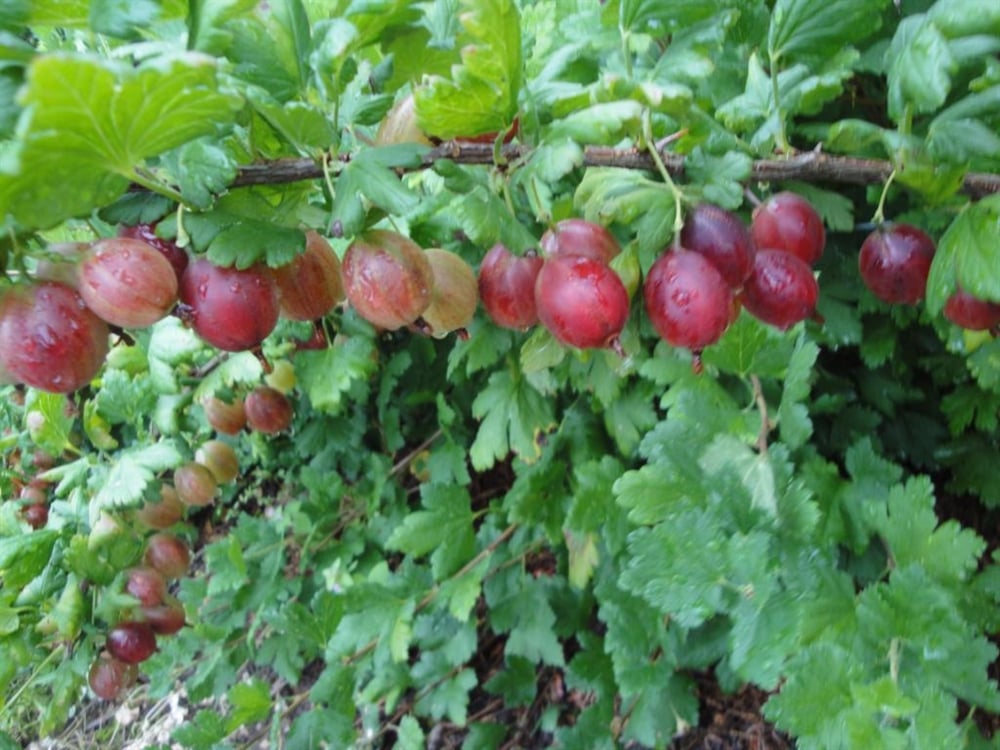
Hinnomaki Red is a self-fertile variety of gooseberry that is immune to various pests and diseases. This makes it suitable for small gardens.
2. Invicta
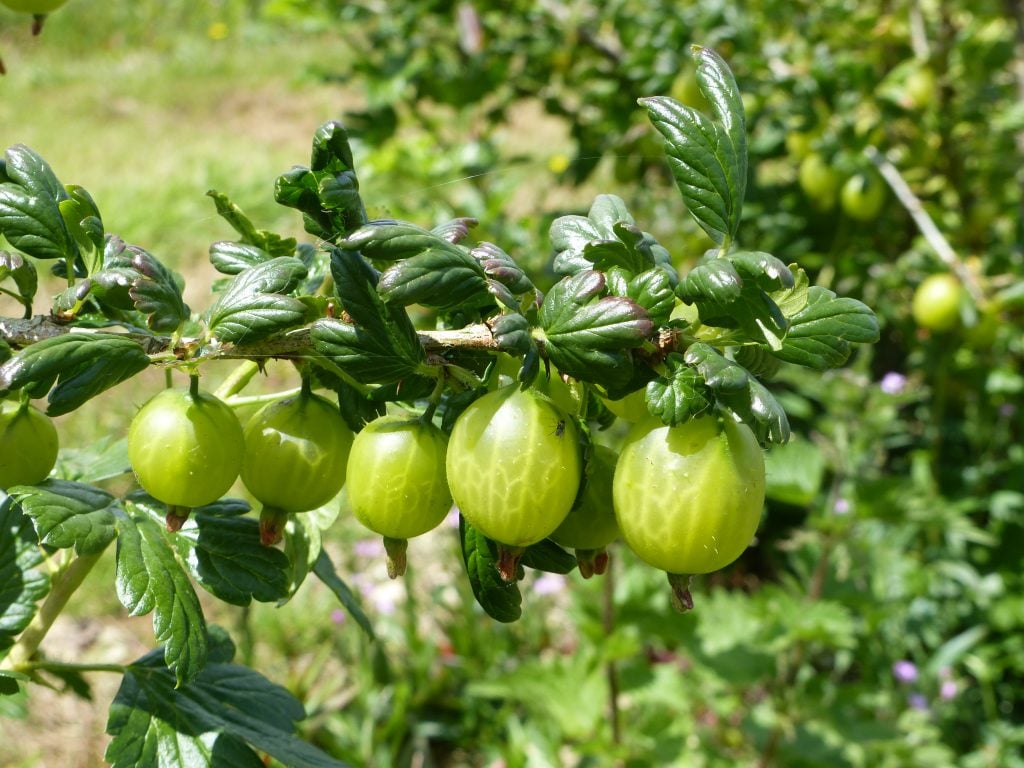
Invicta is not specifically small in size, but it grows very fast. Hence it can be maintained in a smaller size by pruning it regularly.
3. Xenia
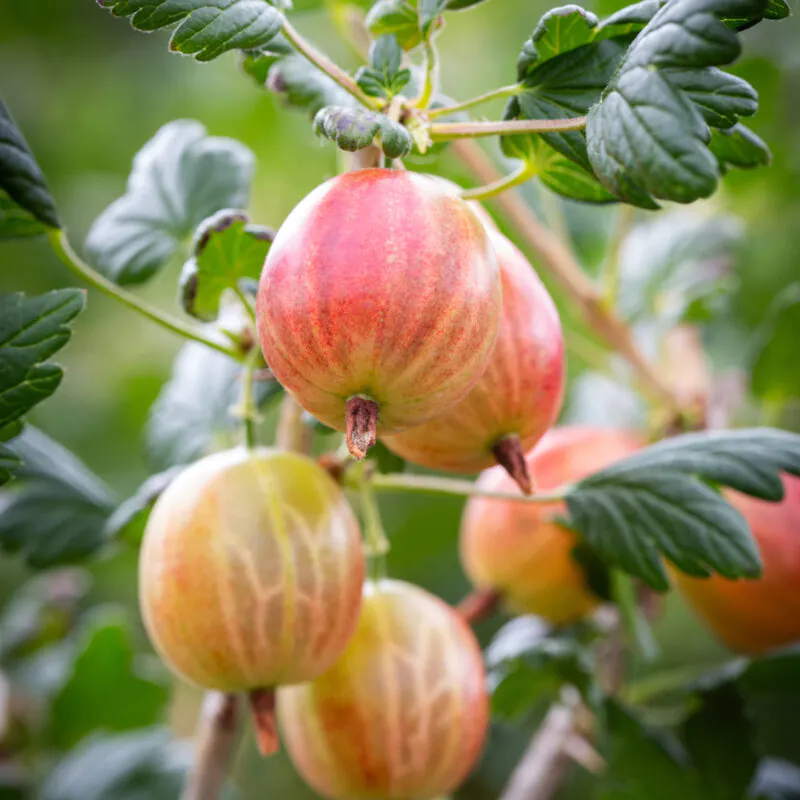
Similar to Hinnomaki Red, Xenia is also a compact variety of gooseberry with excellent resistance to pests and diseases.
4. Careless
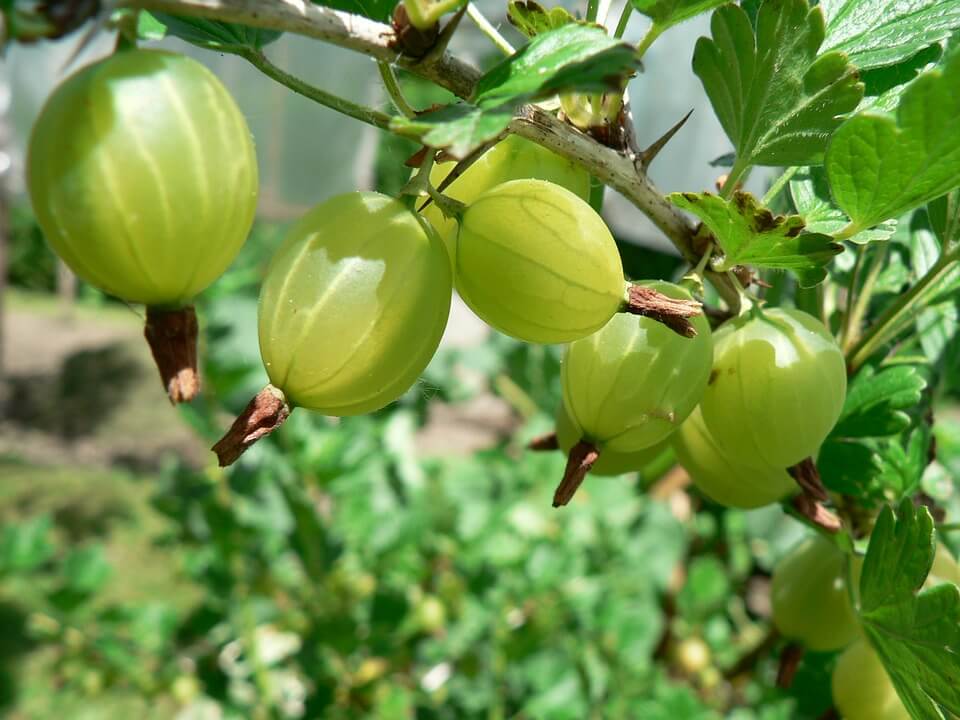
As the name suggests, careless is a variety that requires minimum care and maintenance while offering delicious fruits to make jams and desserts.
5. Pax
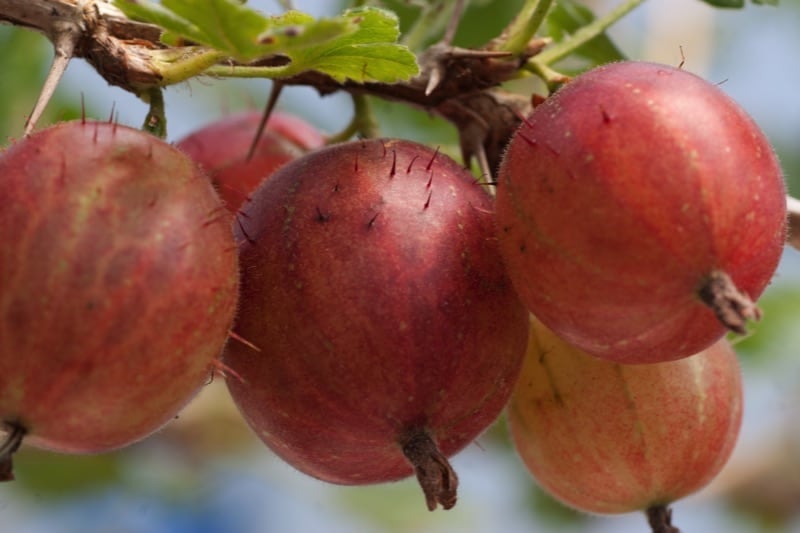
Pax produces a huge amount of fruits, making it perfect for small gardeners who want a bountiful harvest. It is also easy maintenance and disease resistant.
6. Black Velvet
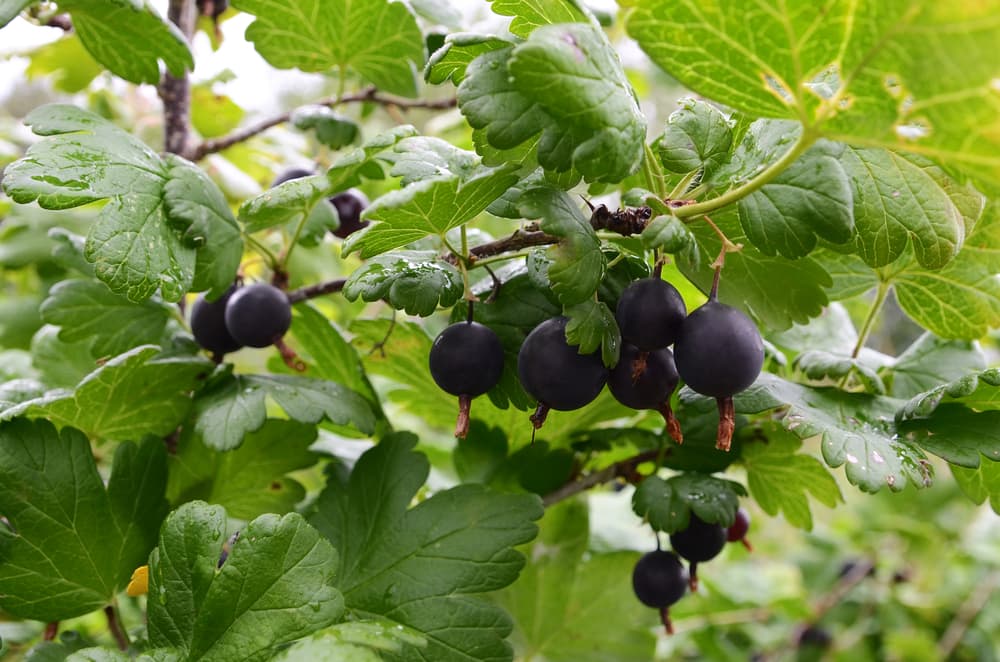
This is a variety of gooseberries which was imported from America but catching the craze in the UK these days. This variety is slightly different from other of its family members. It produces comparatively smaller but sweeter fruits in a larger quantity. It is a hybrid variety that prefers shade over direct sunlight. It has lesser thorns. If you love something different, it is the right match for you.
7. Whinhams Industry
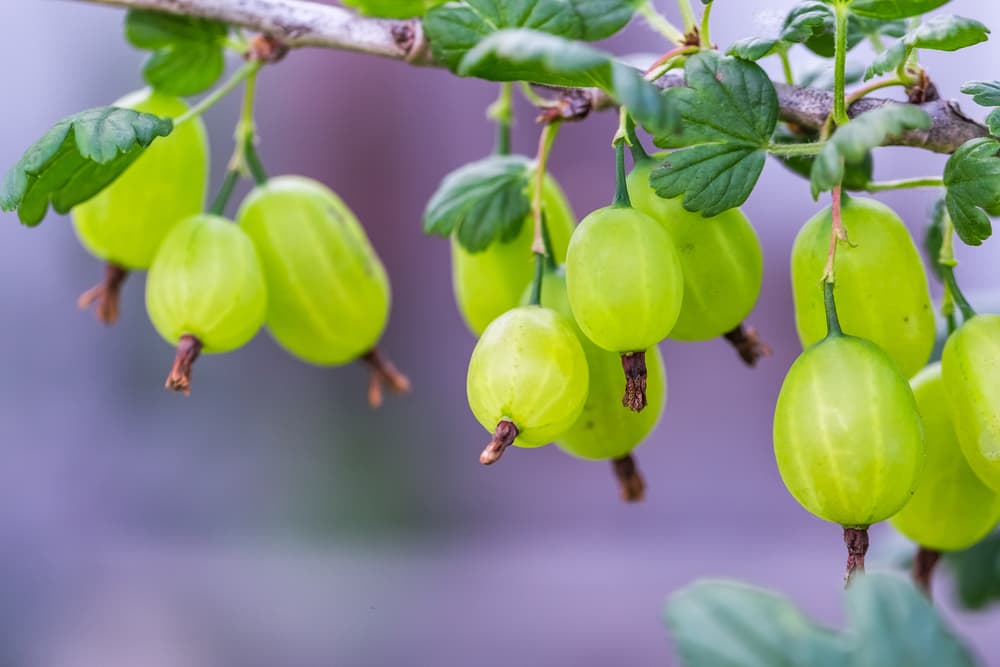
It is a tough one to handle. This variety is neither disease resistant nor gets softer towards thorns. But if you take proper care of it, it will give a bountiful harvest.
Final Note: Things You Should Keep in Mind
Remember to choose the right variety to grow and figure out when to prune gooseberry bushes for yourself. Make sure you remove all the diseased or damaged wood. Create a perfect outward shape while pruning so that all the twigs have the right direction to grow in. Take care of yourself while pruning the bushes. Wear proper gloves and goggles to avoid damage to your hand. Collect all the prunings in a bucket to save them for organic compost.
Don’t forget to ensure the health of the plant after pruning. If you follow all these steps carefully, there’s possibly nothing that can stop you from getting the desired results. That’s it from our side.
Now it’s your turn to look at the calendar. If it says the right time, pick up the pruning scissors and start chopping.
Frequently Asked Questions
Can You Prune Gooseberry Bushes in Winter?
You should not prune gooseberry bushes in winter as the environment is harsh on the newly developed leaves of the pruned plant. This can cause damage to the plant. The best time to prune gooseberry bushes is in the late winter after the last frost has passed.
Can You Prune Gooseberry Bushes in Summer?
Although you can prune gooseberry bushes in summer, it is highly advised that you should not. Pruning gooseberry bushes in summer can seriously damage the plant in the coming winter as the newly developed twigs and leaves have not gotten stronger enough to deal with the harsh winter climate.
How Often Should You Prune Gooseberry Bushes?
You should prune the gooseberry bushes once a year in late winter or early spring after the last frost has passed. This one-year cycle perfectly fits the growth cycle of the plant as spring is the time when new growth occurs in the plant, and the newly grown twigs have enough time to strengthen to cope with winter.
What Should You Do with the Pruned Branches?
One of the most beneficial ways to dispose of pruned branches is to collect and add them to your natural compost pile. It will be helpful for fertilising as well as mulching for the plant later. Some people avoid using them for organic compost as they can cause damage to the hands later.






